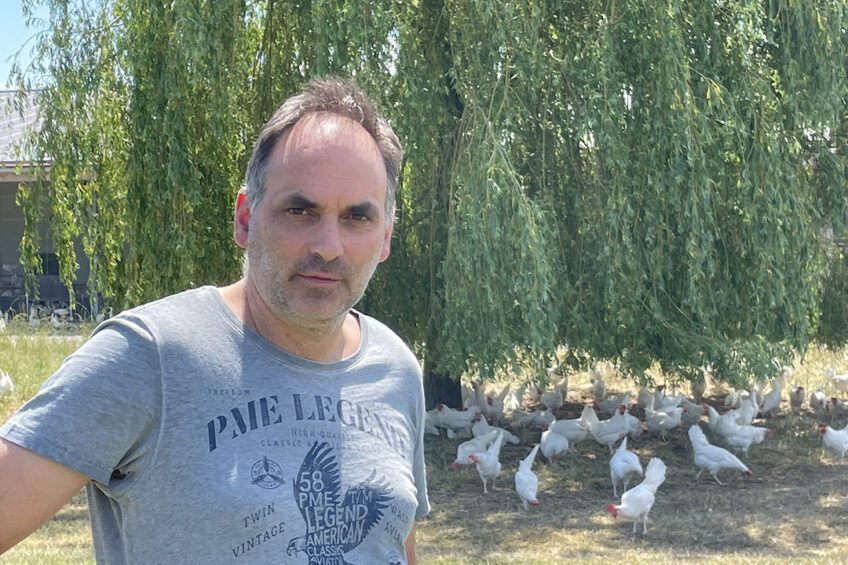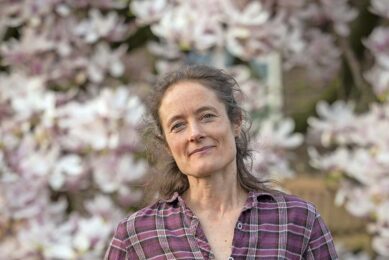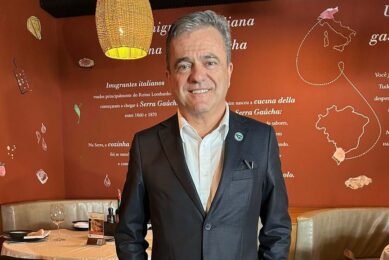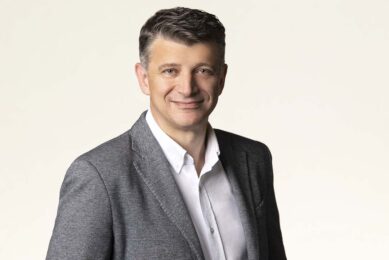GalloSuisse chair Daniel Würgler: ‘Crisis in paradise, for now at least’

The Swiss laying hen sector has 2 headaches. The first is protection of the price level through import duties, and the second is the transition to production without killing male layer siblings (OKT). Daniel Würgler, chairman of the Swiss association of egg producers, GalloSuisse, sees progress in both dossiers.
Switzerland is not a member of the European Union. As a result, overall price levels are substantially higher. Layer hen feed currently costs around €70 per 100 kgs, and the eggs fetch about 30 cents each. Labour is outrageously expensive. A skilled employee, who works 50-55 hours per week, easily costs the employer €5,500 per month.
Swiss retail has voluntarily committed to selling only cage-free eggs. The maximum farm size is limited to 18,000 hens. Cage housing has been completely banned for 30 years. Per capita, the Swiss eat about 190 table eggs a year, 3-quarters of which are domestically produced. Processed eggs and egg products are imported to a greater extent, with about 40% originating from outside Switzerland.
In an interview, Daniel Würgler, chairman of the Swiss association of egg producers, GalloSuisse, shares his thoughts.
Those figures point to significant imports. How can producer prices then remain high and stable?
Import – and those are only free-range eggs – is a good thing. The Swiss egg sector is far from being able to meet the extreme demand around Easter and Christmas. In the summer period, however, there is a production surplus. Imports are limited by the WTO to 17,824 tonnes of eggs per year. More imports are possible, but customs duties are 7 times as much. Only if retailers, producers and egg traders can come to a mutual agreement will import quotas be raised.
From 2019 onwards we saw that things could go wrong. Egg consumption increased by about 5% per year, and production by 15%. As a result, a crisis point was reached in 2022 which was further deepened by the high inflation since ‘Ukraine’. Since then, we have seen that consumers have traded down.
Organic became Freiland; those who bought Freiland now go for barn eggs. In fact, those barn eggs are often Freiland eggs, labelled as ‘cheaper’ because 87% of Swiss hens are Freiland. That means significant write-downs. These costs should not be borne by farmers. And the extra costs of the many labels should be covered by the retail sector. With large imports, these costs shift to egg traders and farmers. This is why we are not yet cooperating with wider import quotas.
That sounds like a crisis!
It is a crisis. The sector has been self-limiting production since 2021. There are no quotas, so things are done differently here. The average empty period between rounds has gone from 2 to 6 weeks. Packing stations have insisted on tightening in-bird placements and this has also been followed. Older farms with poorer results have gone out of business. As a result, production is now about 8% lower than in 2021. We are, therefore, on the right track towards price recovery.
So nothing stands in the way of wider imports anymore?
The traders are pushing for that, yes. But we, as producers, think it is still too early. We see 2022 as a year of contraction and 2023 as a year of recovery. If the price remains up to par this summer – the time of the year when sales are most difficult – we can consider more extensive imports in 2024. New houses could possibly be built from 2025 to up domestic production again.
Larger imports in 2024 and new houses in 2025. Will consumption growth keep pace?
The market will tell. But we are confident of that.
Another item is OKT. What about that?
We are working together across the whole industry, including organic production. The goal was to introduce 1 technical solution by 2024 for conventional production. But the 2 hatcheries in Switzerland, one linked to Lohman and the other to H&N, will start building a new facility in that year. It would be a waste of money to make large investments in the existing hatchery for 1 year only.
Full automation is also crucial because of high Swiss labour costs. Bear in mind that a chick here already costs between €4 and €5 because the parents also have to be Swiss, too. A reared hen already costs €16-20. It is still unclear what we will choose. The decision-making process, in which retail, consumers and producers all work together, is starting all over again. We have asked various parties what they are capable of today regarding in ovo sex determination. We are not buying stories of what they are capable of tomorrow or sometime in the future. Whether it will be sex determination at 9 or 13 days is still open.
We will decide after the summer and effective OKT will be introduced in 2024. We will eventually continue to fatten some of the male layer siblings because scanning errors will occur. But in that event fattening males is cheaper than rejecting hens incorrectly. Then you go from 2.5 required hatching eggs per hen to 3-5 eggs, and they are simply too expensive for that.
Why don’t you include animal welfare organisations among the parties involved in this?
It is not the right time now. We need to prepare the project and find the best solution first. We have been informed informally that welfare organisations agree with the adopted working process and we are also keeping them informed of the progress made. But indeed, they are not involved at this point in time.
 Beheer
Beheer











 WP Admin
WP Admin  Bewerk bericht
Bewerk bericht